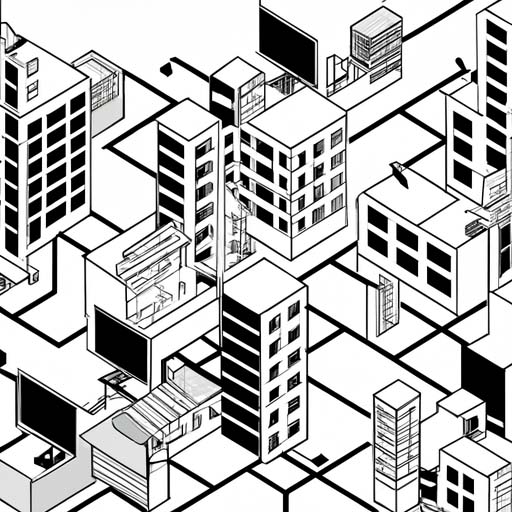
Discover the pivotal role of automated technologies in the fight against climate change, from monitoring tools to solutions that help reduce carbon footprints.
The Impact of Climate Change
Climate change has become one of the most pressing issues of our time. Rising temperatures, extreme weather events, and melting glaciers are just a few examples of the drastic changes that our planet is experiencing. The consequences of climate change are far-reaching, affecting not only the environment but also the economy, public health, and social well-being.
Monitoring Tools and Data Analysis
In order to address climate change effectively, it is crucial to have accurate information and data. This is where automated technologies come into play. Monitoring tools such as satellite imagery, sensors, and drones provide real-time data on various parameters such as temperature, air quality, and sea levels. Through advanced data analysis techniques, scientists and policymakers can gain valuable insights into the patterns and trends of climate change, enabling them to make informed decisions.
Weather Forecasting and Early Warning Systems
Advanced weather forecasting systems powered by automation have significantly improved our ability to predict extreme weather events such as hurricanes, tornadoes, and heatwaves. By analyzing large amounts of data in real-time, these systems can provide early warnings, giving people and authorities more time to prepare and take necessary actions. This not only helps save lives but also minimizes the damage caused by such events.
Energy Efficiency and Renewable Energy Solutions
Reducing carbon emissions is a critical aspect of mitigating climate change. Automated technologies have played a key role in improving energy efficiency and promoting the adoption of renewable energy sources. Smart grids, for example, use automation to optimize energy distribution, reducing waste and overall energy consumption. Similarly, solar and wind energy systems can be automated to maximize energy production and minimize reliance on fossil fuels.
Transportation and Logistics Automation
The transportation industry is a significant contributor to carbon emissions. However, automation has the potential to transform this sector and reduce its environmental impact. Self-driving vehicles and optimized routing algorithms can improve fuel efficiency and reduce traffic congestion, leading to lower emissions. Likewise, automated logistics systems can streamline supply chains, reducing the carbon footprint associated with transportation and distribution.
Waste Management and Recycling
Proper waste management and recycling are essential for reducing greenhouse gas emissions and conserving natural resources. Automated technologies can help optimize waste collection and sorting processes. For instance, automated sorting machines can efficiently separate recyclable materials from general waste, increasing recycling rates. Additionally, automated composting systems can convert organic waste into valuable resources such as fertilizer, reducing the need for harmful chemical fertilizers.
The Future of Automation in Climate Change Mitigation
The role of automation in addressing climate change is only expected to grow in the coming years. As technology continues to advance, we can expect more innovative solutions and applications that further enhance our ability to mitigate the effects of climate change. From AI-powered climate modeling to automated carbon capture technologies, the potential is vast.
In conclusion, technology automation is playing a crucial role in addressing climate change. From monitoring tools and weather forecasting systems to energy efficiency solutions and waste management technologies, automation is enabling us to make significant progress in mitigating the effects of climate change. With continued innovation and widespread adoption of automated technologies, we can hope for a more sustainable and resilient future.